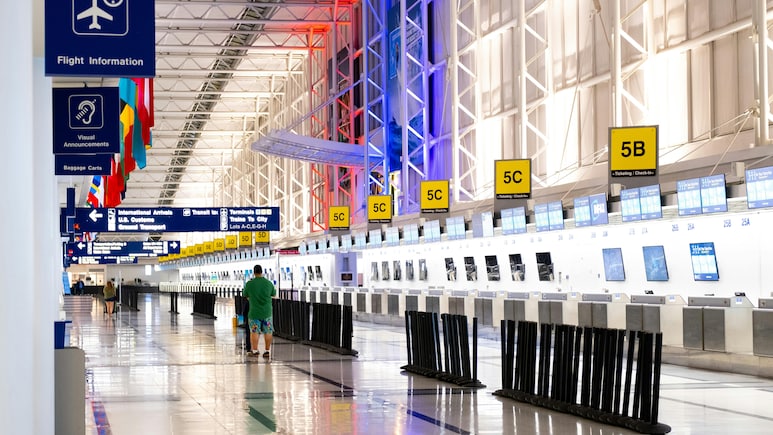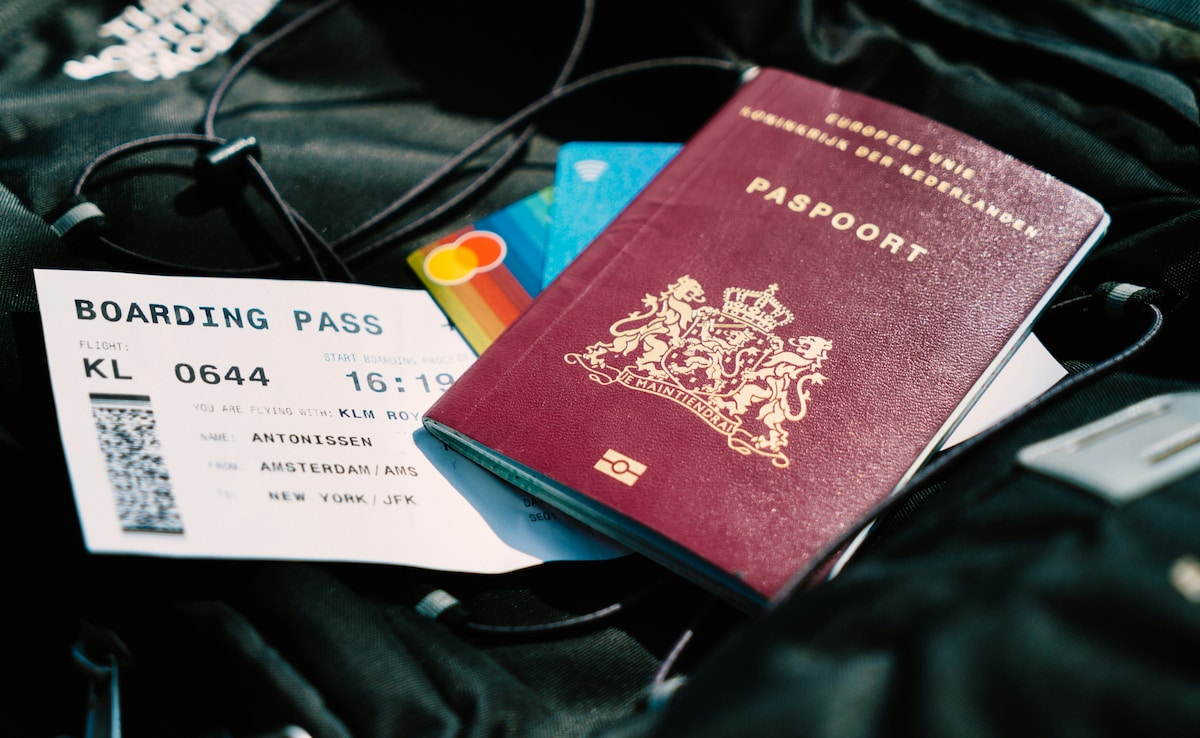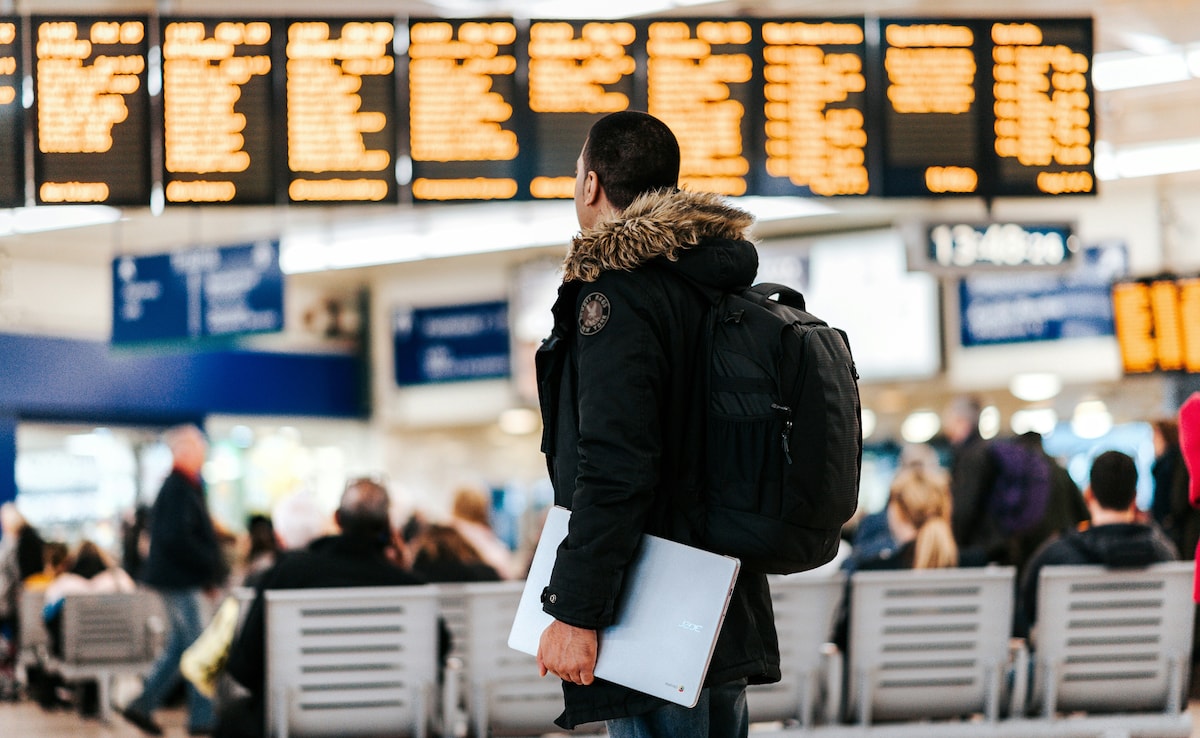
Airports can be a really fascinating place to be. Time stands still when you're enjoying a drink or meal, no matter the hour. But amidst the excitement, it's easy to get lost in a sea of confusing terms and abbreviations. From 'final call' to 'customs clearance,' the airport lingo can be overwhelming. If you're a first-time flyer, understanding airport terminology is key to navigating the airport with ease. With this guide, you'll be well on your way to becoming an airport pro in no time. Intrigued to know what these terms are? Read on to find out!
Also Read: Hyderabad Airport Introduces Therapy Dogs To Help Travellers Deal With Anxiety
Here Are 6 Airport Terminologies You Need To Know
1. IATA Code
Those three-letter codes you spot on boarding passes or baggage tags? They're IATA (International Air Transport Association) codes, unique identifiers for airports. Think DEL for Delhi, BOM for Mumbai or CDG for Paris Charles de Gaulle. These codes help streamline booking, routing and baggage handling.

Photo Credit: Unsplash
2. Layover
A layover is a short stop between flights, usually under 24 hours for international trips. During this time, you wait at a transit airport before boarding your next flight. Depending on the duration, you may stay in the terminal or explore nearby areas if visa rules allow.
3. Airside And Landside
An airport is split into two zones: landside, which is the area before security where you check in, meet family, or grab a coffee and airside, which includes the secured parts of the airport like boarding gates, duty-free shops and lounges. Once you cross into airside, you typically can't return unless you re-clear security.
4. Final Call
Contrary to popular belief, 'final call' doesn't mean 'you still have time.' It's your last chance to board the flight before the gate shuts. Hearing this when you're still browsing duty-free can trigger panic, and rightly so.

Photo Credit: iStock
5. Transit Passenger
A transit passenger is someone passing through a country en route to their final destination. You might not even leave the aircraft or terminal. Transit experiences vary, sometimes you'll need to go through security checks again and sometimes you just walk to the next gate.
6. Customs
Once you collect your baggage, you pass through customs, where you're required to declare items like alcohol, electronics, expensive gifts or large amounts of cash. Countries have different rules, so it helps to double-check restrictions in advance.

Photo Credit: Unsplash
To dig deeper into airport travel, here are some other questions you might have:
1. Do You Have To Go Through Security Again For Connecting Flights?
It depends on the airport and connection type. Some airports require re-screening, while others don't. Check with your airline or airport website. This will save you time and hassle.
2. What Happens If You Miss A Flight During Layover?
If you miss a flight, the airline will rebook you on the next available flight. You might need to pay a fee or fare difference. Contact the airline for assistance and guidance.
3. Why Do Airports Use IATA Codes?
IATA codes simplify airline operations, reducing errors and confusion. They're used for ticketing, baggage handling and flight planning. This makes travel more efficient. Every airport has a unique code.
4. What's The Difference Between Customs And Immigration?
Immigration checks your travel documents and identity. Customs involves declaring goods you've brought with you. Both are necessary for smooth entry into a country. Make sure you're prepared.
So, the next time you're navigating through a terminal or checking your boarding pass, you'll feel more confident. Happy flying!
Track Latest News Live on NDTV.com and get news updates from India and around the world

